Space news stories
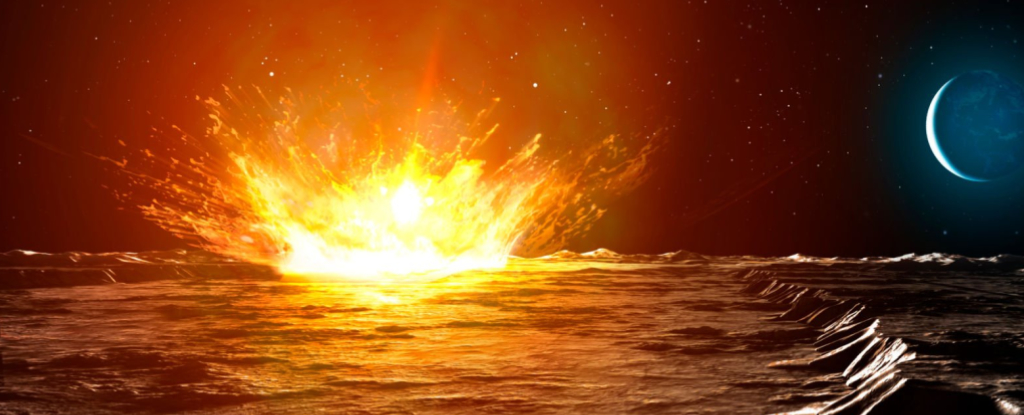
An asteroid that burst onto the scene with an unusually high risk of striking Earth has just had its collision risk upgraded…Now its collision risk has risen to 4.3 percent – not with Earth, but the Moon.

New research uncovers the strongest solar event ever detected — rewriting our understanding of space weather and radiocarbon dating.
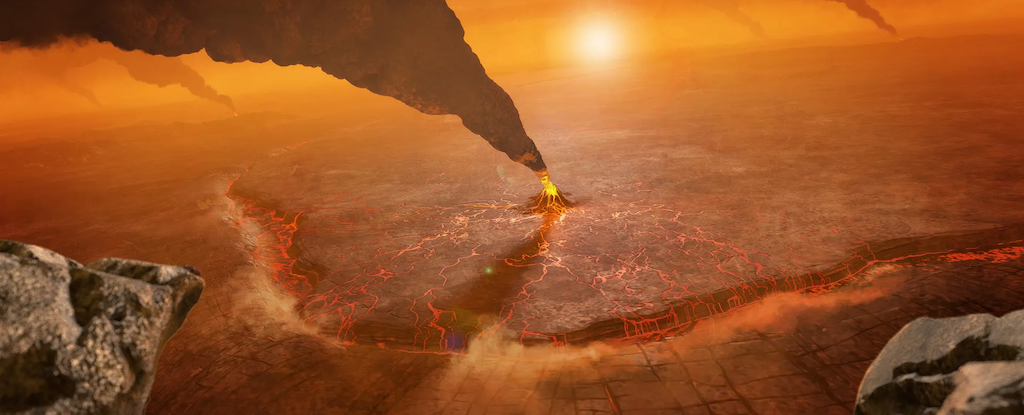
A new study of Venus suggests that the deeply inhospitable world may be more like Earth than we thought. The research has been published in Science Advances.
A study published in the Astrophysical Journal opens a new window into investigations of stars through this stellar music.

Three scientists in the United Kingdom have modeled the impacts of an icy cometary collision with an Earth-like, tidally locked terrestrial planet…They found even relatively small cometary impacts can significantly disrupt the climate of a terrestrial (Earth-like) tidally locked planet, as well as deliver oxygen to the atmosphere and be a source of an exoplanet’s oceans. Their first of two papers on the topic was published in The Astrophysical Journal.
The universe has been growing since the Big Bang 13.8 billion years ago. But cosmologists can’t agree on how fast it is expanding. A new study published in Monthly Notices of the Royal Astronomical Society suggests a radical new idea that might resolve this astronomical problem – perhaps the universe is spinning very slowly.

Extraterrestrial rocks, recently delivered by a space probe, could answer the big questions about alien lifeforms and human existence
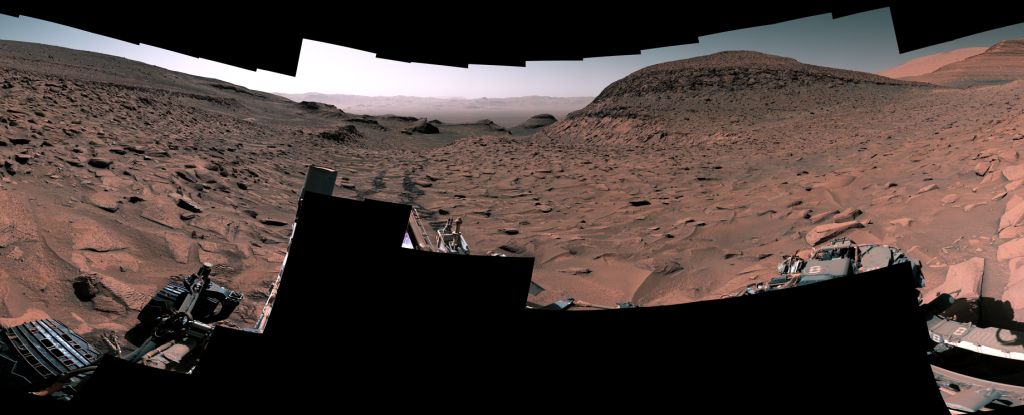
A surprise discovery in Gale Crater is the component that was missing in the puzzle of Mars’s climate history. The findings have been published in Science Advances.
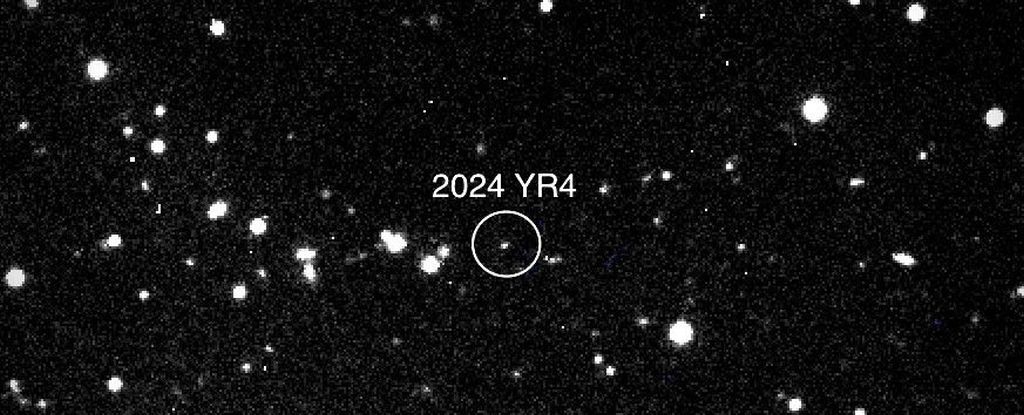
According to a report led by planetary astronomer Andrew Rivkin of Johns Hopkins University, 2024 YR4 has a small chance of smacking into the Moon when the asteroid next flies close to Earth in December 2032.
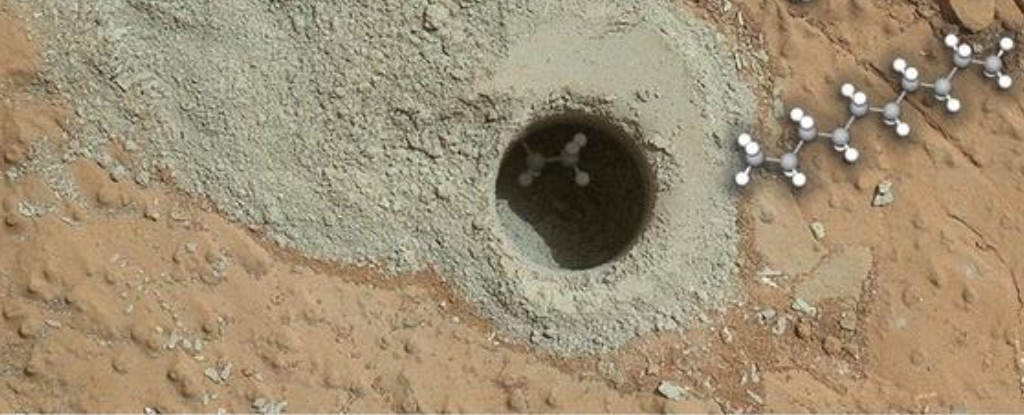
Chains of up to a dozen carbon atoms have been detected in what appears to have been an ancient lakebed on Mars, contributing to a growing library of compounds that could be a vital clue about the history of life on the red planet. This research was published in PNAS.
Papers published in Astronomy & Astrophysics and the Astrophysical Journal suggest astrophysicists need to update their theories on how galaxies evolve.
A team using the Dark Energy Spectroscopic Instrument (DESI) and a supercomputer to try to better understand the mysterious phenomenon known as dark energy, created the largest 3D map of the universe as part of this endeavour. And it has just made this map publicly available.
The Andromeda Galaxy…is surrounded by a swarm of nearly 3 dozen dwarf galaxies, which circle it like bees around a hive. These “satellite galaxies” have been studied in unprecedented detail in a new paper published in the Astrophysical Journal.

Water may have first formed 100–200 million years after the Big Bang, according to a modeling paper published in Nature Astronomy. The authors suggest that the formation of water may have occurred in the universe earlier than previously thought and may have been a key constituent of the first galaxies.
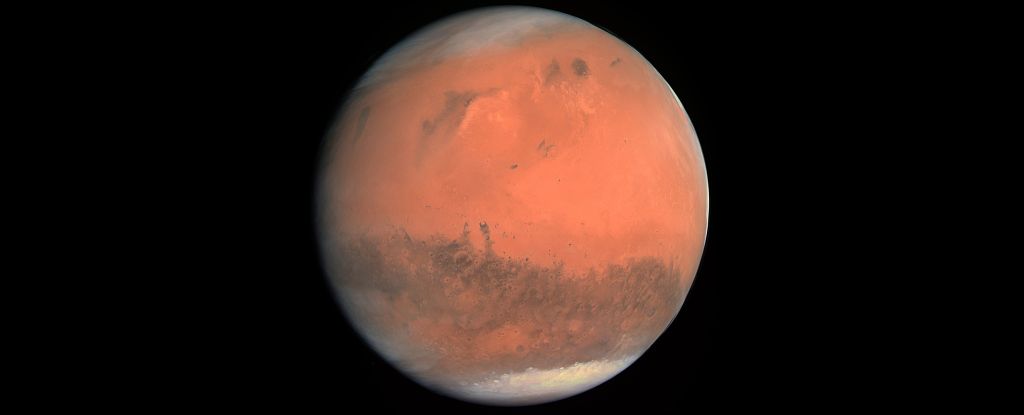
Its ruddy complexion is the defining characteristic of Mars, the idiosyncrasy that marks it out from all the other planets of the Solar System. But a new study suggests we may have misunderstood the mechanism whereby its rouge was obtained. The research has been published in Nature Communications.
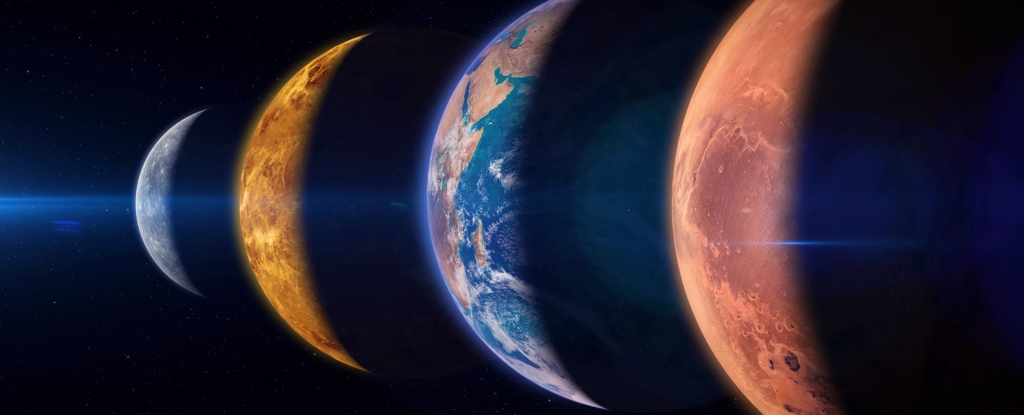
A very rare treat is about to grace Earth’s night skies. On the evening of 28 February 2025, all seven of the other planets in the Solar System will appear in the night sky at the same time, with Saturn, Mercury, Neptune, Venus, Uranus, Jupiter, and Mars all lining up in a neat row – a magnificent sky feast for the eyes known as a great planetary alignment.








